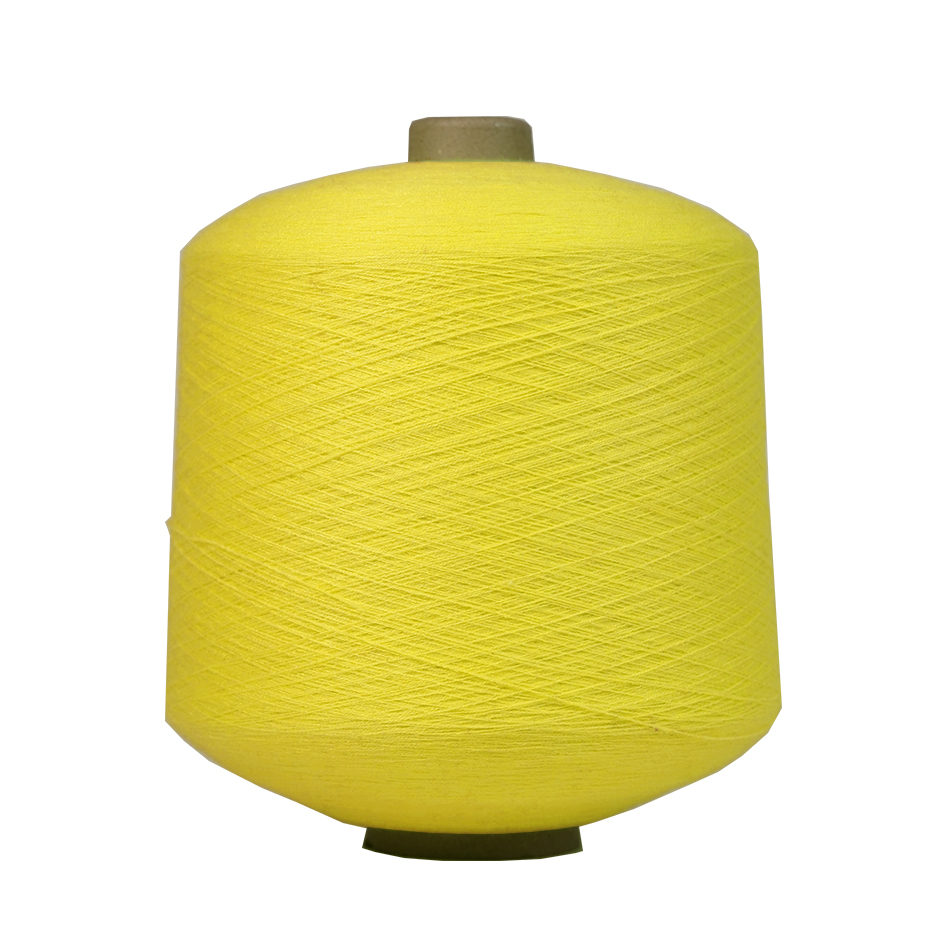- Home
-
-
Apparel >
-
- Baby Care
- Bath Supplies
- Beauty Equipment
- Body Art
- Breast Care
- False Eyelashes & Tools
- Feminine Hygiene
- Fragrance & Deodorant
- Hair Care & Styling
- Hair Extensions & Wigs
- Makeup
- Makeup Tools
- Maternity Care
- Men's Grooming
- Nail Supplies
- Oral Hygiene
- Other Beauty & Personal Care Products
- Personal Hygiene Products
- Sanitary Paper
- Shaving & Hair Removal
- Skin Care
- Skin Care Tool
-
- Air Conditioning Appliances
- Hand Dryers
- Home Appliance Parts
- Home Appliances Stocks
- Home Heaters
- Laundry Appliances
- Major Kitchen Appliances
- Other Home Appliances
- Personal Care & Beauty Appliances
- Refrigerators & Freezers
- Small Kitchen Appliances
- UV and Ultrasonic Cleaning Appliances
- Vacuum Cleaners & Floor Care
- Water Heaters
- Water Treatment Appliances
- Wet Towel Dispensers
-
Modal Blended Yarn for Hot Sale Weaving
Environmental factors are forcibly redistributing global yarn production by 2025. Chronic water shortages are rendering traditional textile hubs like Pakistan's Punjab region increasingly unviable, with 15% of spinning capacity expected to relocate by 2025. Rising temperatures in Southeast Asia are reducing worker productivity by 2-3% annually, offsetting labor cost advantages. Conversely, temperate regions like Turkey and Morocco are becoming more attractive for energy-intensive processes like dyeing. Some manufacturers are exploring radical relocations - Icelandic mills powered by geothermal energy, or floating factories in coastal zones using seawater for cooling. Climate-related cotton yield fluctuations (projected ±20% year-to-year variability) are spurring investment in alternative fibers. The industry's carbon footprint is becoming a key competitive differentiator, with low-emission yarns commanding 10-15% market premiums in climate-conscious markets. Adaptation now represents…





